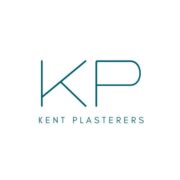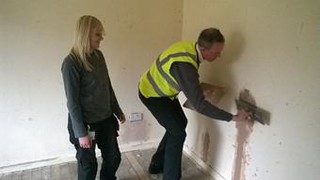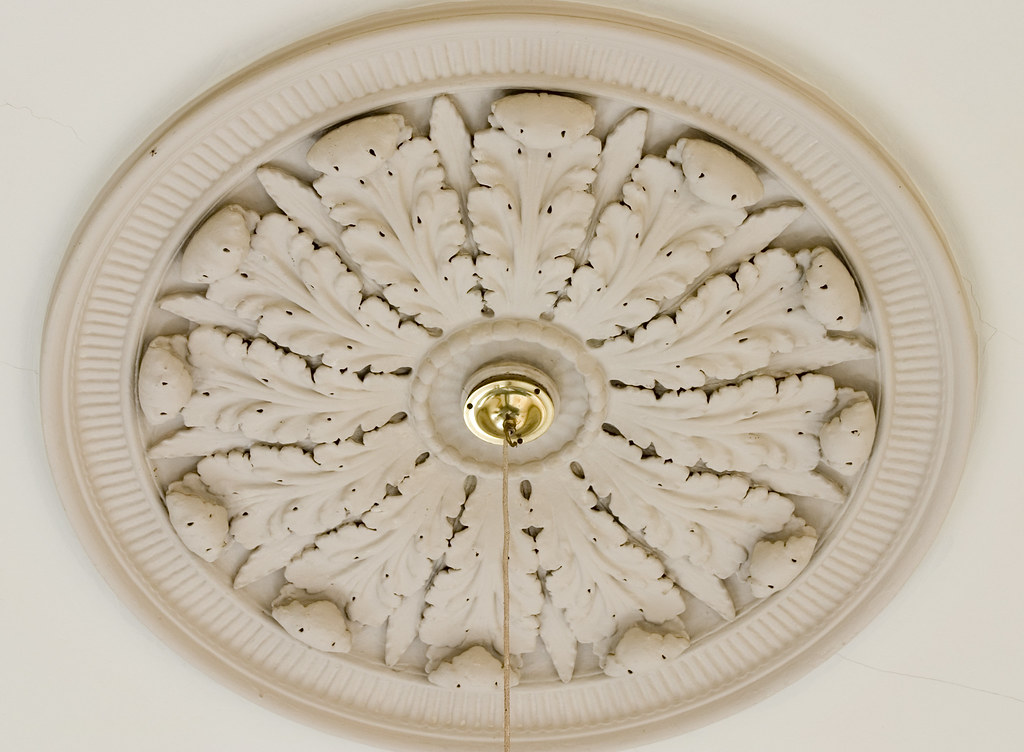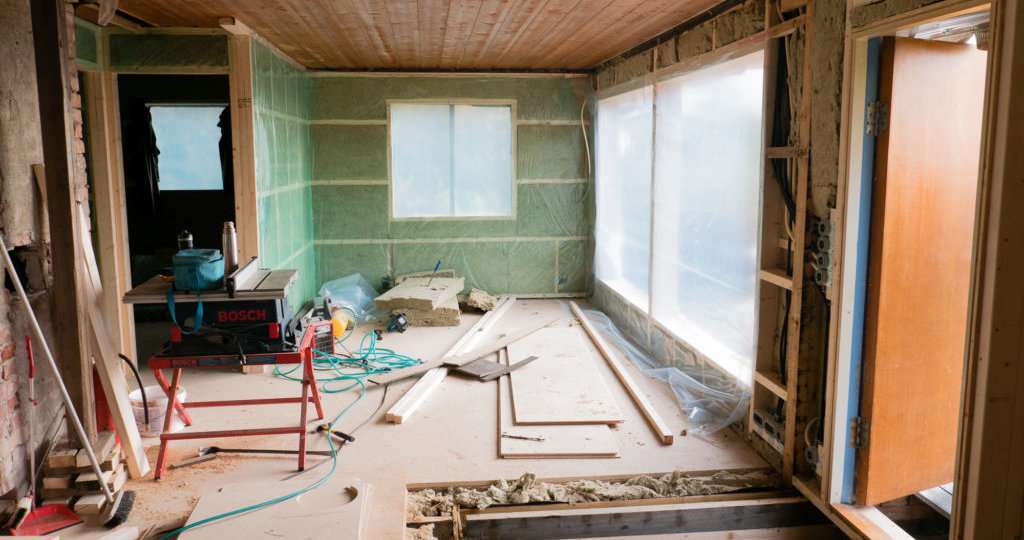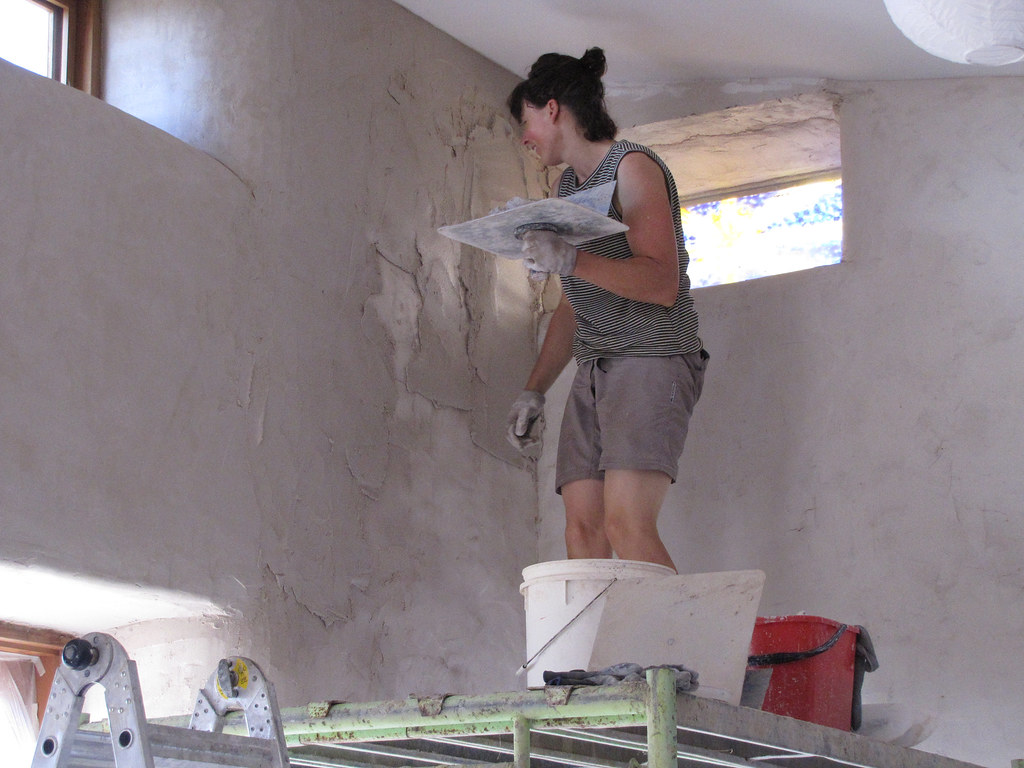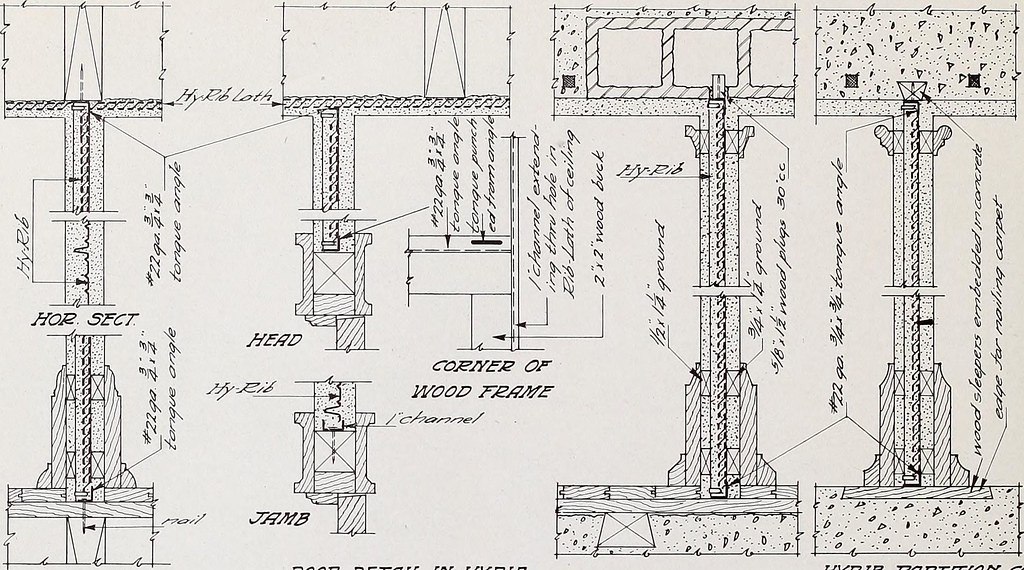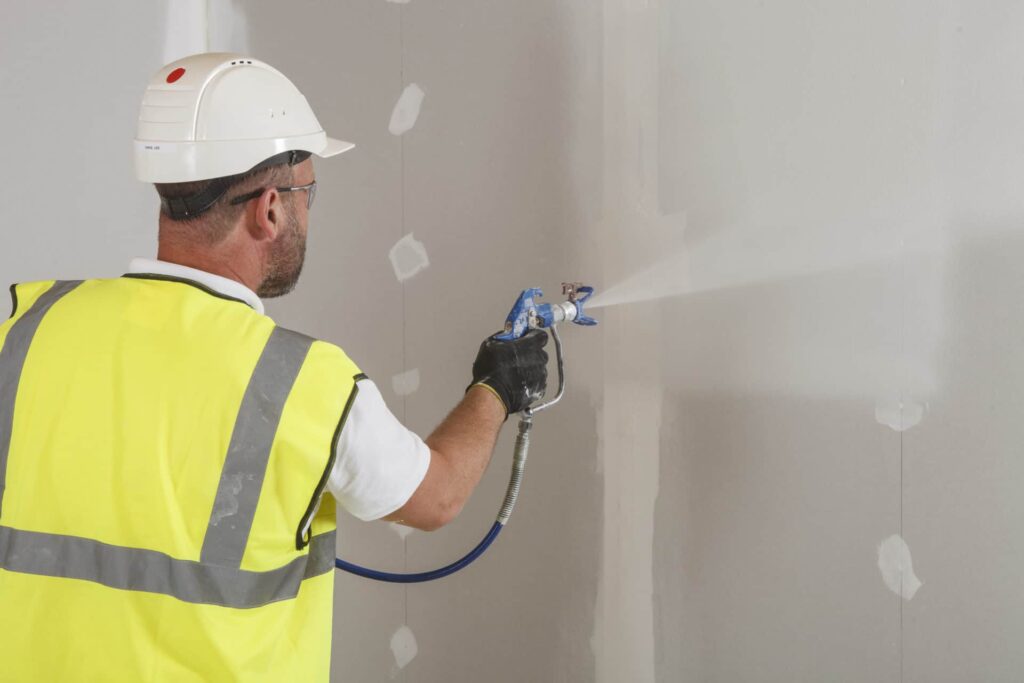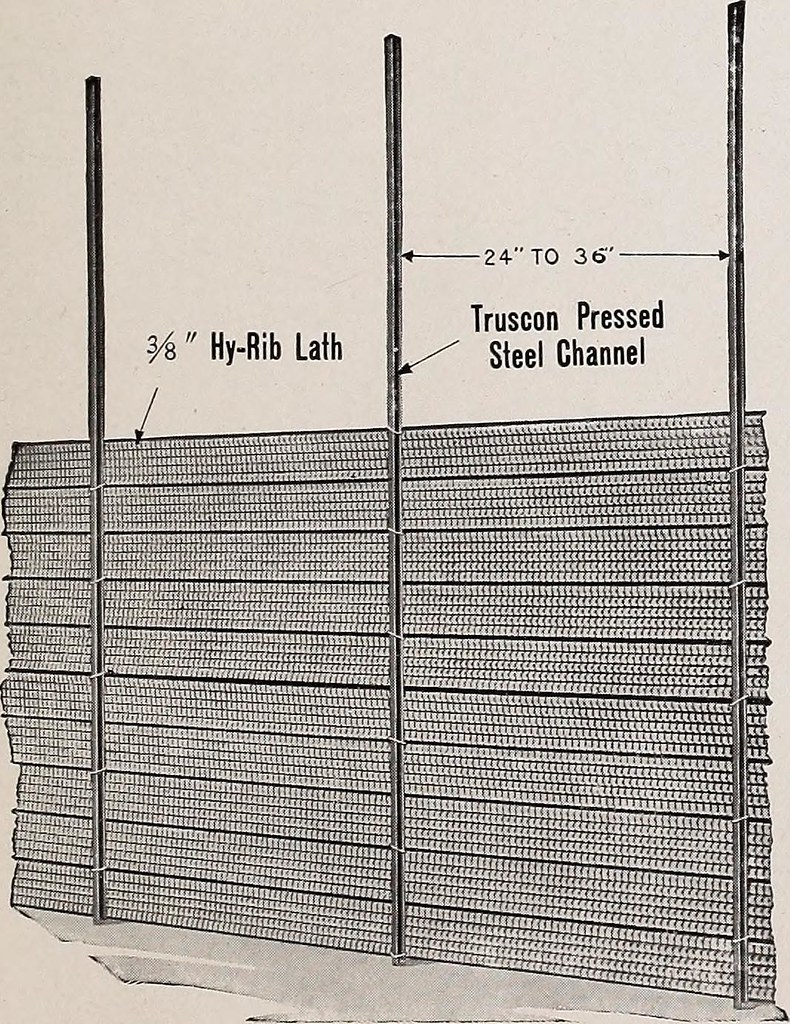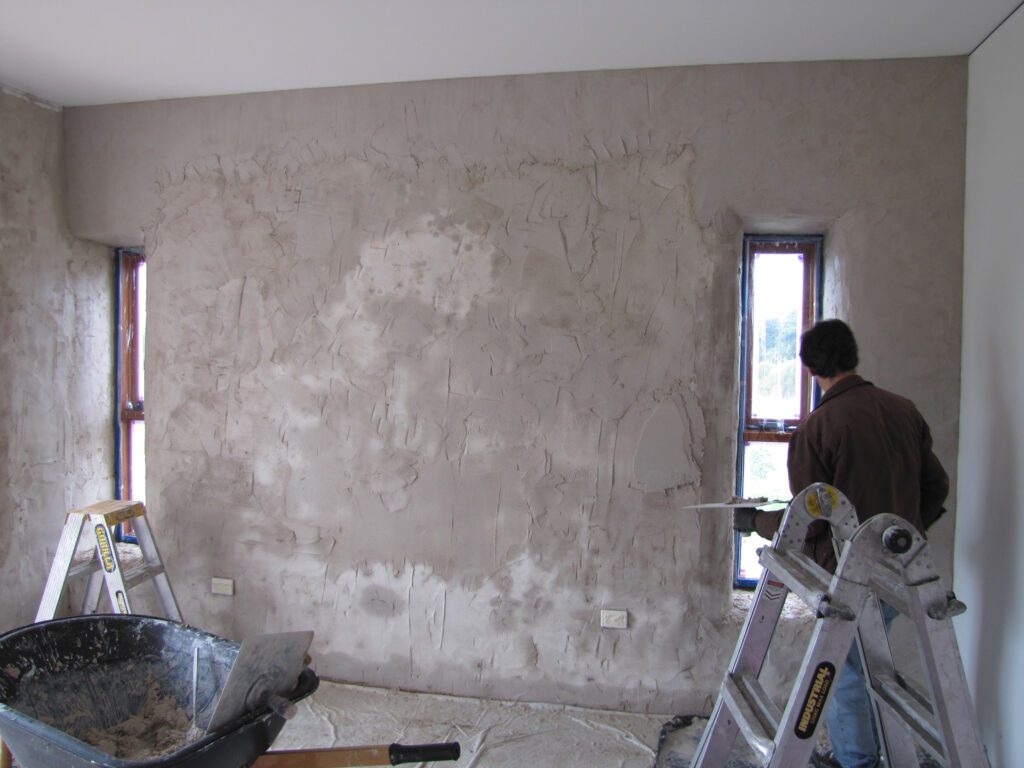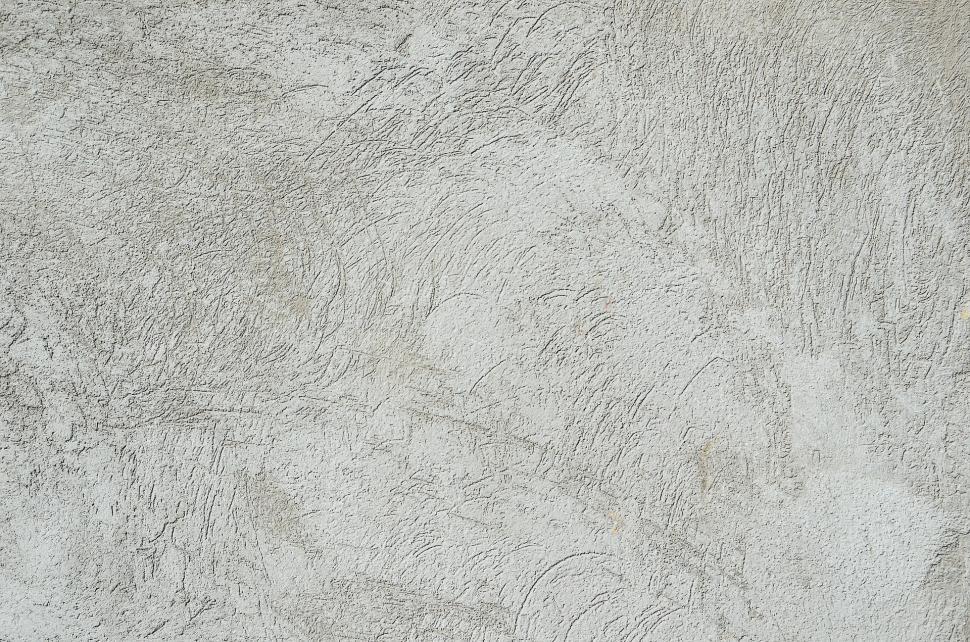How Long Does a Plastering Apprenticeship Take? The Ultimate Career Guide
Thinking about kickstarting your plastering apprenticeship journey? Discover exactly what it takes to transform from novice to skilled tradesperson in this comprehensive guide. Understanding Plastering Apprenticeships: The Basics A plastering apprenticeship represents a structured pathway into one of the construction industry’s most valued trades. In the UK, these programmes combine practical, hands-on experience with formal classroom learning, creating a comprehensive training approach that transforms beginners into skilled professionals. To embark on this journey, candidates typically need to meet several basic requirements, including a minimum age of 16, possession of a valid UK driver’s licence, and either GCSEs (including Maths and English) or equivalent qualifications. As of 2024, over 85% of successful apprentices secure permanent employment within three months of completion. The Timeline: Breaking Down Your Apprenticeship Journey The standard plastering apprenticeship in the UK typically spans 4 years, though this can vary slightly depending on the specific programme and individual progress. During this period, apprentices must complete between 6,000 and 6,816 hours of on-the-job training, complemented by 200-600 hours of classroom instruction. This time is carefully structured to ensure comprehensive skill development: Year 1: Foundation skills and basic techniques (1,500-1,700 hours) Year 2: Intermediate techniques and material knowledge (1,500-1,700 hours) Year 3: Advanced applications and specialised finishes (1,500-1,700 hours) Year 4: Master techniques and project management (1,500-1,716 hours) What You’ll Learn During Your Apprenticeship Throughout your apprenticeship, you’ll develop a comprehensive skill set that encompasses both practical techniques and theoretical knowledge. The curriculum is designed to meet industry standards and prepare you for real-world challenges. Key areas of focus include: Basic and advanced plastering techniques Surface preparation and assessment Material selection and mixing ratios Traditional and modern finishing methods Health and safety protocols Tool maintenance and selection Project planning and estimation The Educational Component The classroom portion of your apprenticeship is crucial for developing theoretical knowledge and understanding industry standards. Modern apprenticeships now include digital learning platforms, making education more accessible and interactive. Your educational journey will typically include: NVQ Level 2 and 3 in Plastering CSCS card certification OSHA safety certifications Construction mathematics and measurements Blueprint reading and interpretation Building regulations and compliance Financial Aspects and Career Development Starting wages for plastering apprentices in the UK typically range from £15-19 per hour, with significant potential for increase as skills develop. The current market shows strong demand for qualified plasterers, with experienced professionals earning upwards of £45,000 annually. Your earning potential will progress through distinct stages: First Year: National Apprentice Wage (currently £4.81 per hour) Second Year: 55-65% of qualified rate Third Year: 75-85% of qualified rate Fourth Year: 85-95% of qualified rate Qualified: Full rate plus potential for bonuses and overtime Essential Skills and Physical Requirements Success in plastering requires a combination of physical capabilities and personal attributes. The role demands excellent hand-eye coordination, physical stamina, and attention to detail. Key requirements include: Ability to stand for extended periods Capability to lift and carry materials up to 25kg Good balance and coordination Strong problem-solving abilities Excellent communication skills Attention to detail and precision Career Opportunities After Completion Upon completing your apprenticeship, numerous career paths become available. The UK construction industry is projected to grow by 3.2% in 2024, creating abundant opportunities for qualified plasterers. Career options include: Residential plastering specialist Commercial projects manager Heritage restoration expert Self-employed contractor Specialist decorative plasterer Training and assessment roles Making the Most of Your Apprenticeship Success during your apprenticeship requires more than just showing up. To maximise your learning experience and career prospects, consider these essential strategies: Maintain a detailed portfolio of your work Network with experienced professionals Stay updated with industry trends and techniques Seek additional certifications when possible Develop strong relationships with mentors Take initiative in learning new skills Next Steps: Starting Your Plastering Apprenticeship Journey Ready to begin your plastering career? The first step is finding the right apprenticeship programme. In Kent and surrounding areas, several pathways are available. Start by: Contacting local colleges and training providers Applying through the National Apprenticeship Service Reaching out to established plastering companies Attending trade shows and career fairs Following industry associations on social media Remember, a plastering apprenticeship is more than just a training programme – it’s your gateway to a rewarding career in one of the construction industry’s most valued trades. With dedication and the right approach, you’ll be well on your way to becoming a skilled professional plasterer. FAQ Are plasterers in high demand? Plasterers are one of the many manual labour jobs that consistently remain in high demand due to the continual value of their skills. How long is a plastering course? The Level 2 Technical Certificate in Plastering is a one-year course aimed at those looking to work in the construction industry specifically as a craftsperson in plastering. Is plastering a tough job? You may encounter various challenges during your plastering job, from unexpected surface materials to incorrect measurements. How much does a plasterer make a year? Plasterer salaries in United Kingdom The estimated salary for a Plasterer is £32,613 per year. This number represents the median, which is the midpoint of the ranges from our proprietary Total Pay Estimate model and based on salaries collected from our users. Is plastering a hard trade? Con: Plastering can be a very physically exerting career, and can often leave you exhausted by the end of the day. Unfortunately, over time you may experience issues like sore knees or a bad back from working in hard-to-reach places. Sources [1] https://www.ccsf.edu/academics/career-education/plastering-apprenticeship [2] https://www.pl200-apprenticeship.org [3] http://www.jobcorps.gov/jobs/plastering-pre-apprentice
How Long Does a Plastering Apprenticeship Take? The Ultimate Career Guide Read More »
